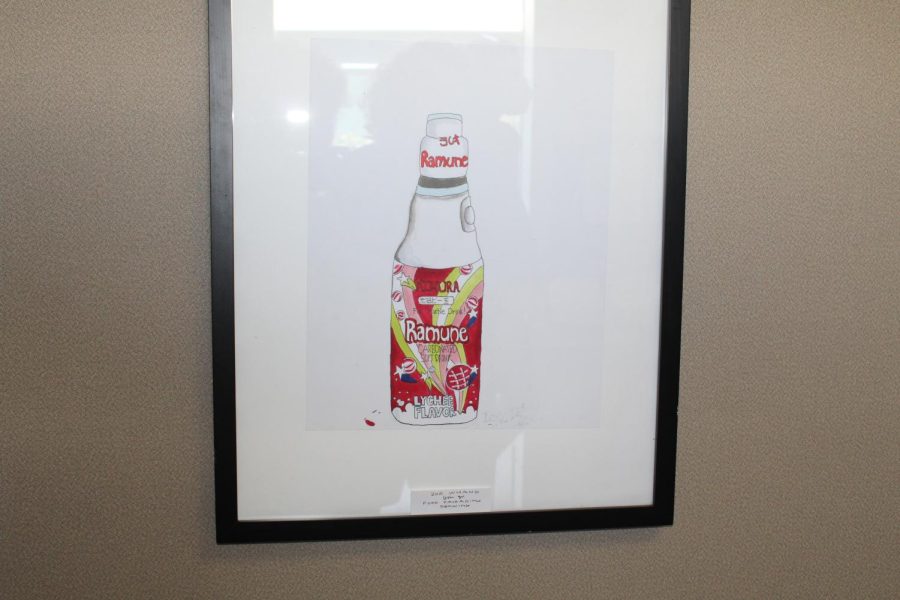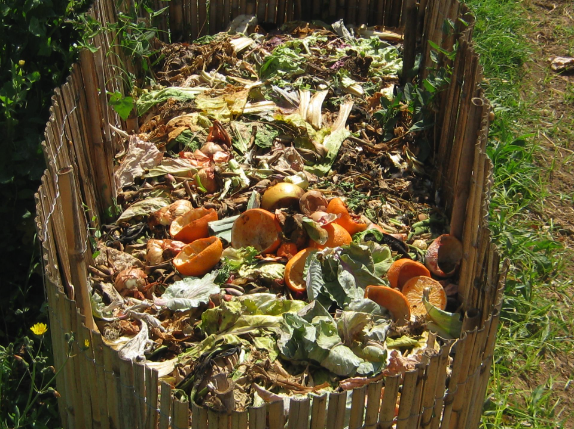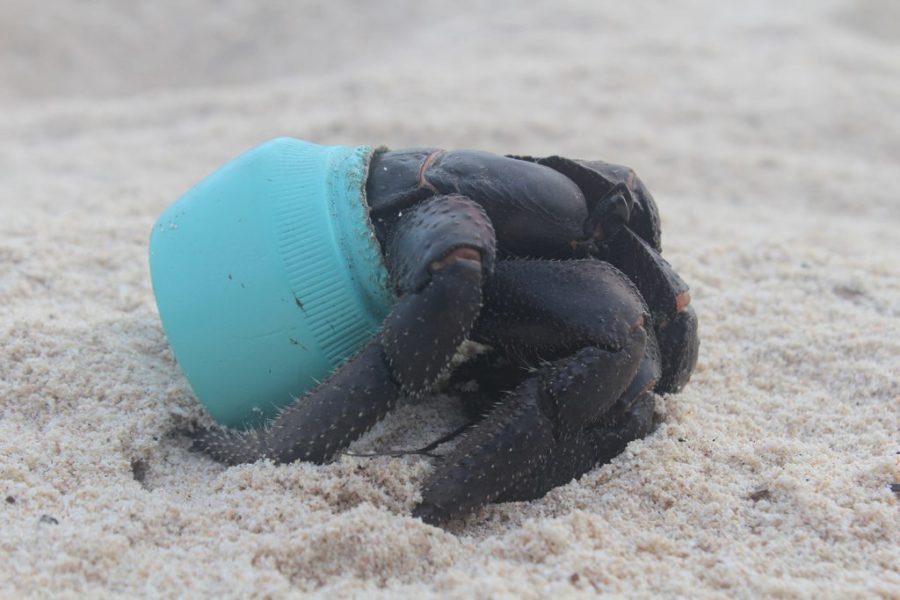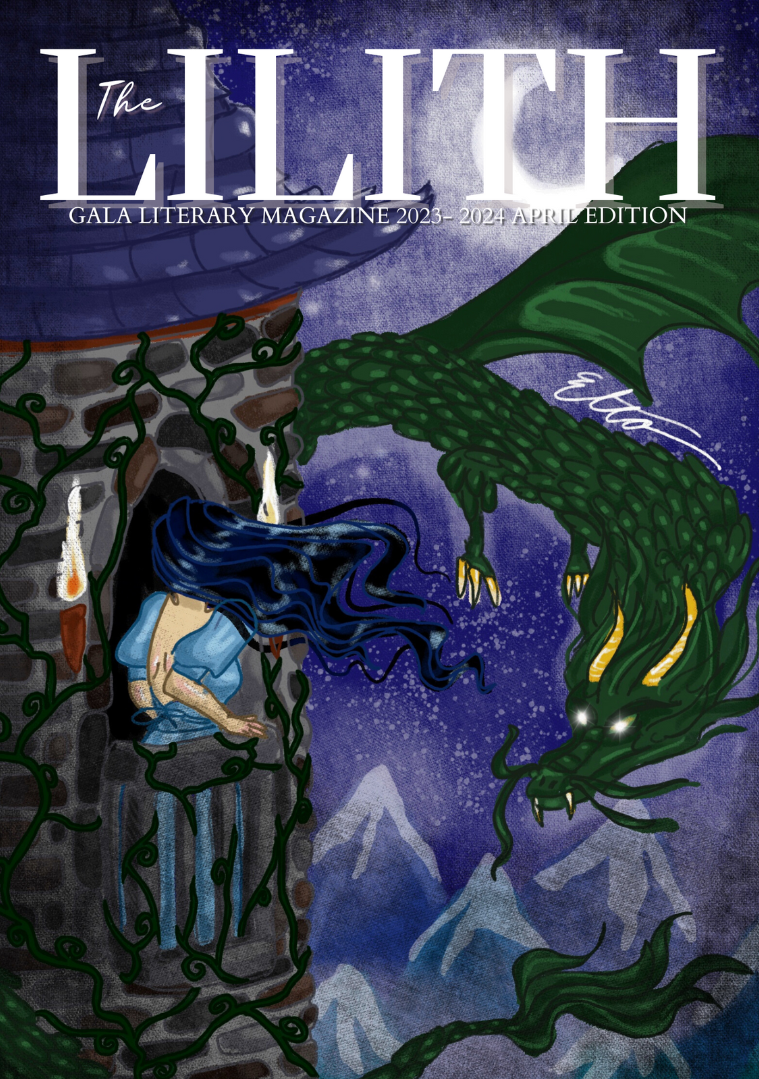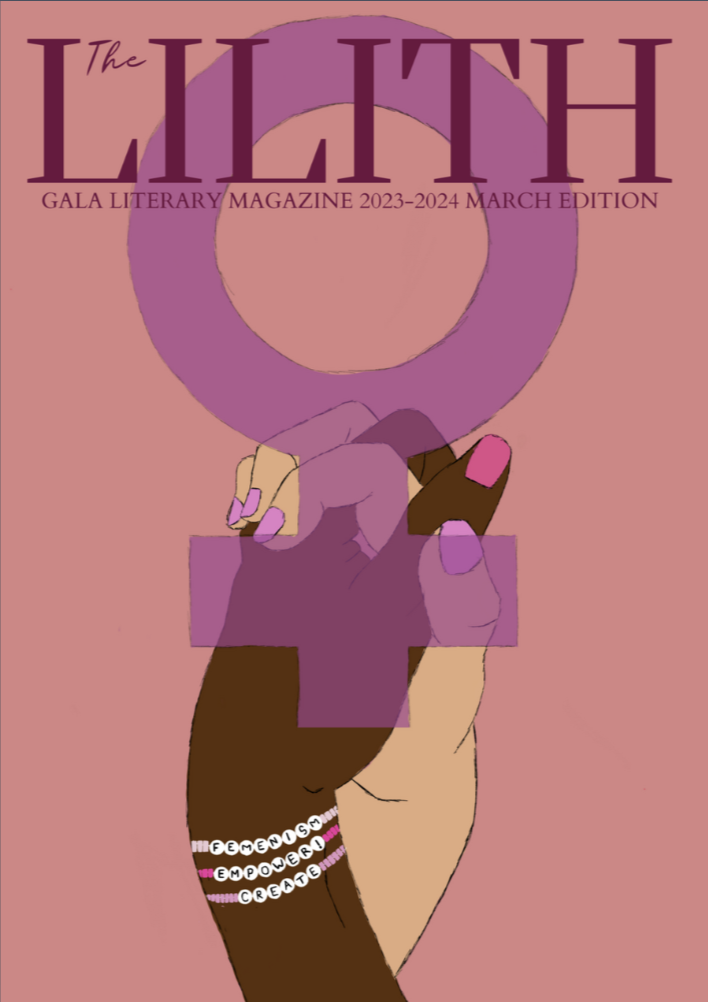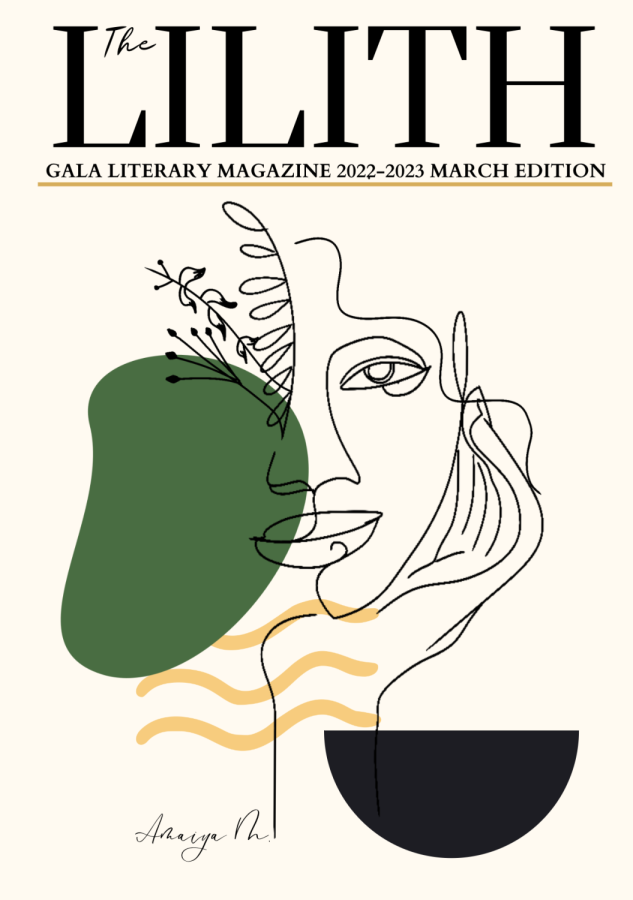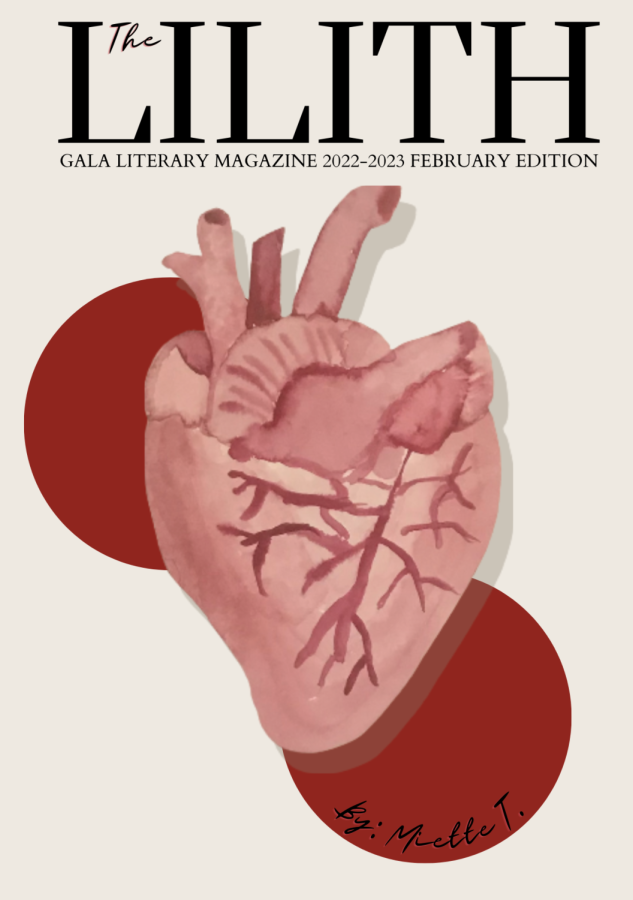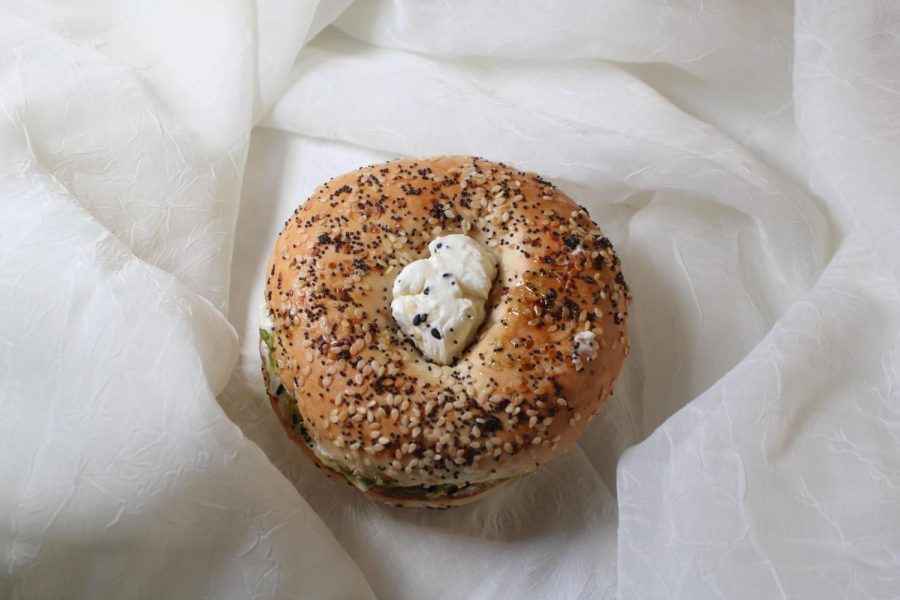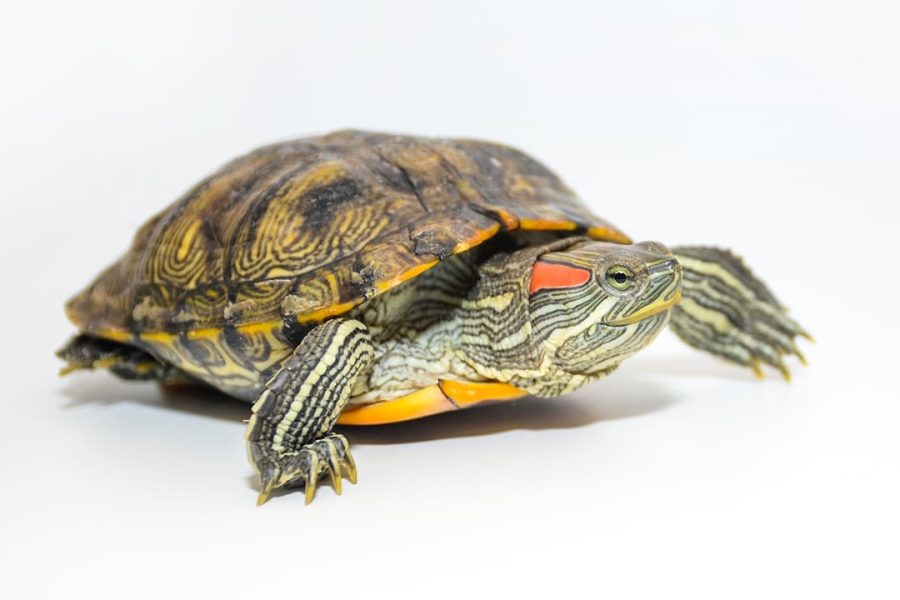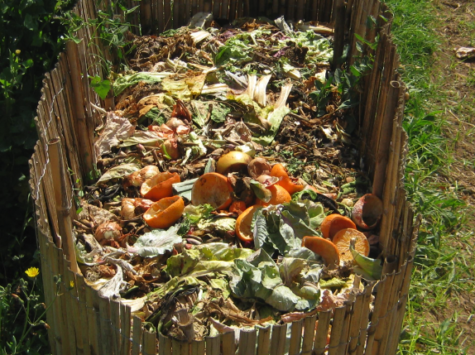Tod the Turtle
On Aug. 13, 2021 – a Los Angeles County High School for the Arts (LACHSA) student ventured into Chinatown after school and spotted dozens of turtles being sold. One turtle in particular caught the attention of the student, the smallest one. After purchasing the turtle, the LACHSA student took the turtle to the vet to get a health check and then named him Tod.
Once at the vet, it was discovered that Tod the Turtle is a red-eared slider. Here is how to identify red-eared sliders: they are brightly marked and have a top shell that looks like a bowl turned upside down. The shell is divided by “scutes,” which resemble individual plates that have been adhered together to form the shell. The scutes along the carapace’s exterior edge are highlighted in yellow. A red earmark can also be found directly behind the eye.
For around six months, Tod lived with the student – he had a house but needed a home. After searching endlessly for a home Tod could be happy in, it was decided that Tod would live in a reptile sanctuary located in Pasadena. As of now, Tod lives with two other red-eared sliders and many other reptiles such as iguanas and snakes!
Because the introduced red-eared slider prefers to reside where the Western painted turtle does, it’s crucial to recognize the turtles by looking for different marks. One of the most frequent turtles in the Puget Sound area is the red-eared slider. They can be spotted sunbathing along Lake Washington and ponds throughout Western Washington.
Ponds, lakes, marshes, and slow-moving rivers with soft, muddy bottoms are all home to this turtle. Pond sliders are found in the southern Great Lakes region, from Michigan to West Virginia, west to Indiana and Illinois, and south to the Southeastern and South-Central United States. Because red-eared slider turtles are popular as pets, they can be found all around the world. According to the Humane Society, red-eared sliders are now considered among the world’s 100 most invasive species because people get tired of them and release them into the wild.
Turtles lack teeth and instead have horny ridges with small sharp groves on their upper and lower jaws, similar to a serrated knife. Because of this, their primary food sources mainly consist of plants and small animals such as crickets, fish, crayfish, snails, tadpoles, worms, aquatic insects, and aquatic plants.
Depending on the temperature in the nest, a baby turtle will either be a boy or a girl. Pond slider eggs incubated at temperatures ranging from 22-27 degrees Celsius produce only males, whereas eggs incubated at higher temperatures produce females. Baby sliders hatch from the egg and resemble small adults.
Turtles keep their eyes peeled for predators and dive into the water at the first sign of trouble. If they can’t get into the water, they can quickly pull their heads and legs into their hard shells. red-eared sliders prefer to sunbathe in groups. They prefer logs, fallen trees, and other objects near bodies of water (see photo). The warmth of the sun aids in the removal of parasites. Reptiles do not hibernate, but they do become less active in the winter. During the winter, red-eared sliders spend their time at the bottom of ponds or shallow lakes. In general, they go dormant in October when temperatures drop below 50 degrees Fahrenheit (10 C).
Did You Know? :
Red-eared slider’s population is around 8 million.
Red-eared slider turtles are solitary animals. However, during the mating season, they do socialize.
Pond sliders like red-eared sliders communicate with vibrations and touch.
The length of an adult red-eared slider ranges between 5 to 9 in (12.7 to 22.86 cm). However, females might reach 12 in (30.48 cm).
Red-eared sliders don’t have separate names for males and females, and there is no specific name for their babies.
http://naturemappingfoundation.org/natmap/facts/red-eared_slider_k6.html
https://kidadl.com/animal-facts/red-eared-slider-facts

Lorie Aaronson is in her senior year at GALA, and has joined the journalism elective for the second time to segue into their passion -- helping peers and...






